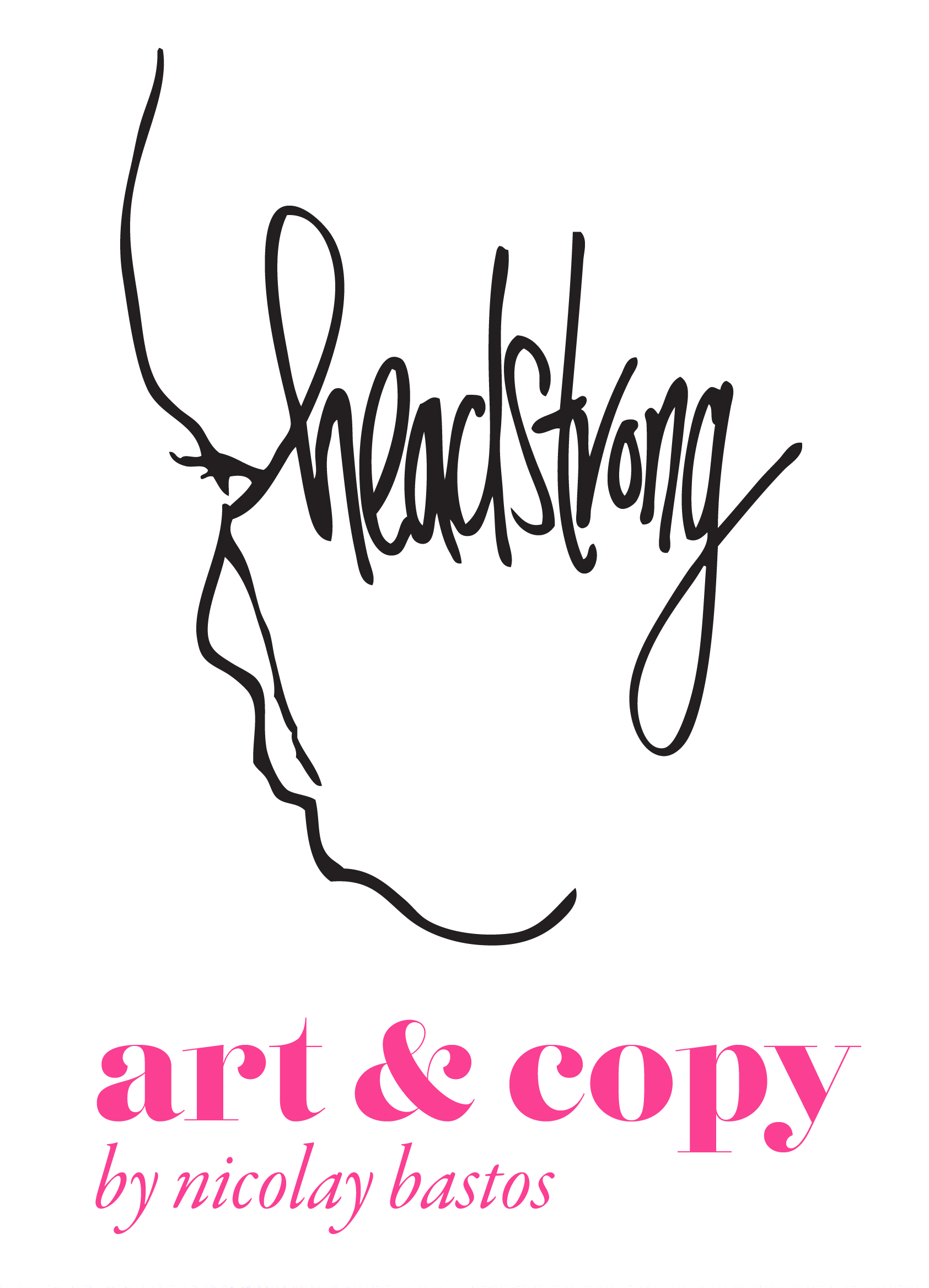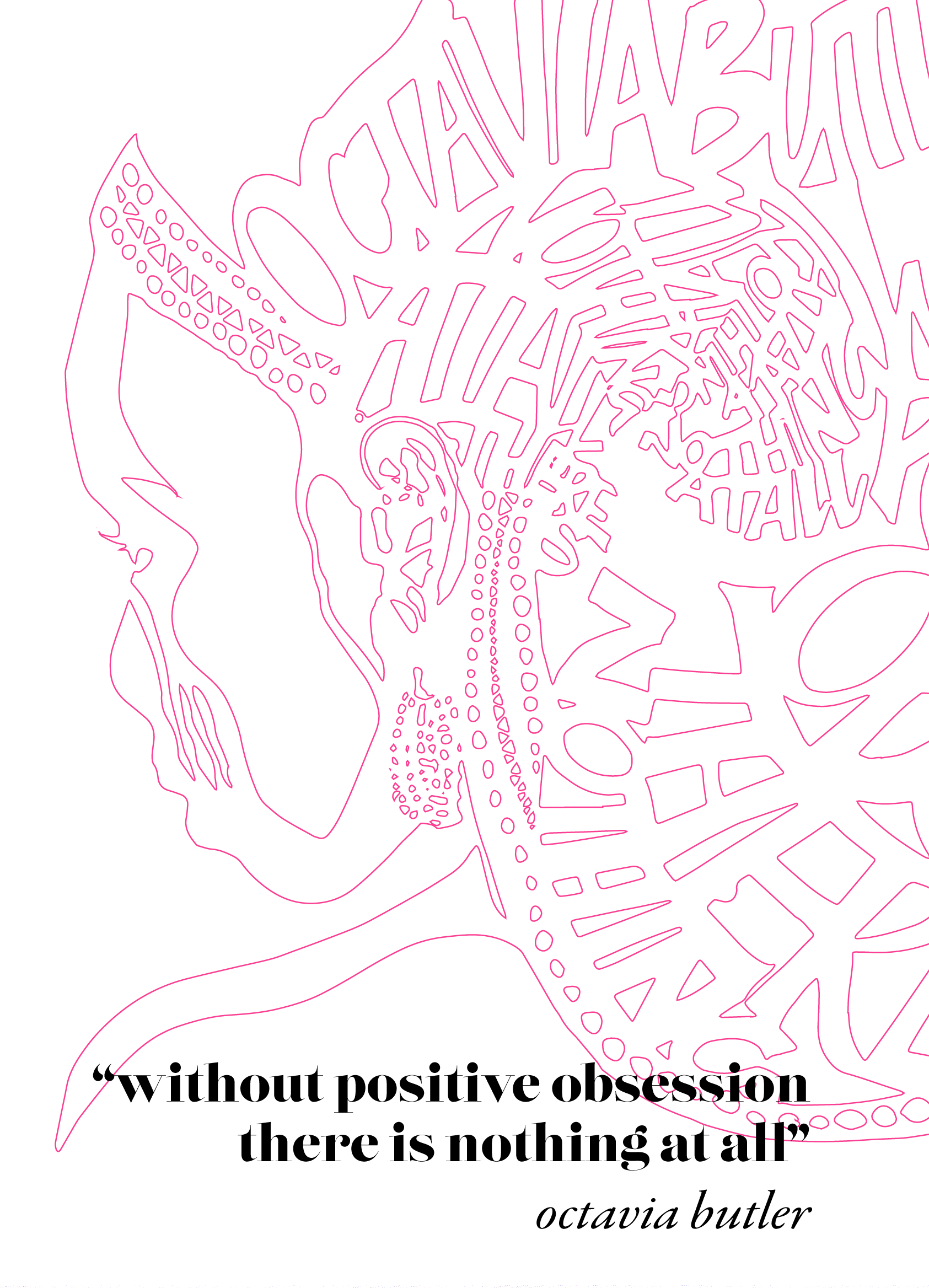Integrated Organic Farming: Inexpensive and Environmentally Sound
In order to address the need for cost effective crop growth and environmentally responsible livestock rearing, we promote the use of integrated organic farming methods. Integrated organic farming adopts cheap and innovative approaches to produce diversified yields of both plants and animals, while minimizing or entirely eliminating the need for harmful pesticides and expensive feed.
Contrasted with the expensive, highly industrialized and problematic monoculture made infamous by companies like Monsanto, integrated organic farming requires few inputs and yields exponential, beneficial outputs. This approach is experiencing a resurgence in popularity around the world, not only in rural communities, but in cities as well. Its power to address the growing demand for diverse and healthy organic produce and environmentally responsible farming practices puts it at the fore of agricultural research and innovation.
In heavily industrialized monoculture, farming by-products become a dangerous hazard and need to be disposed of. With integrated farming systems, the opposite is true: by-products are an integral part of the process. Animal manure, monoculture’s foremost toxic hazard, becomes worth its weight in gold in an integrated farming system. Along with kitchen waste and weeds, it can be turned into organic fertilizer with the power to increase crop yields. With the help of a low-cost anaerobic digester, manure can also be converted into biogas, replacing the burning of wood and fossil fuels, immediately addressing the problem of deforestation and the lack of electricity. The side effect of these benefits is the complete elimination of the costly and time-consuming need for waste disposal and removal. For subsistence farmers, this is money in the bank and food on the table.
Instead of requiring diversion and treatment, run-off water is used to safely irrigate crops. Even the urine from livestock in this system is beneficial. With antiseptic and mild anti-fungal properties it can be used in lieu of harsh and expensive chemical pest control, preventing plant diseases caused by virus, fungus, and bacterium.
Increasing Income: Switching from Subsistence to Medium Scale Farming
In order to increase crop yields and overall productivity, it is necessary to move from subsistence farming to cost-effective, medium-scale farming. Simply put, this means trading hand-operated equipment and intensive manual labour for ethical and innovative animal traction.
Using domesticated animals to assist in tasks such as irrigation, transport, weeding, and tillage is both cost-effective and low-maintenance. Unlike heavy, engine-operated farming equipment, animals don’t require repair specialists or the ever-rising expense of fuel. By promoting the ethical treatment of these animals, such as permitting frequent rest, assuring they are well-housed and well-fed, their productivity and vitality increases, directly benefiting the farmers.
The integrated organic farming method relies on the animal’s waste and feeding habits to create a productive ecosystem. What looks like cutting-edge innovation is actually the application of common sense to harness the animal’s natural behaviour. For example, a pig’s natural tendency to dig for roots can be used to ‘plow’ a field prior to planting. After harvest, free roaming poultry will weed and fertilize soil, as well as eat any rotten fruit or vegetables unfit for human consumption. Teaching farmers to capitalize on this natural behaviour saves them time, labour and animal feed costs. It also promotes the health and happiness of the animals.





